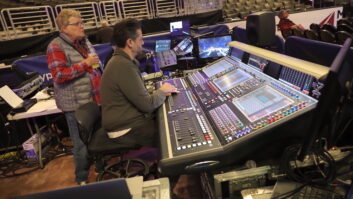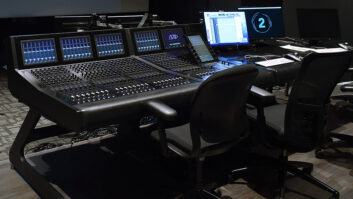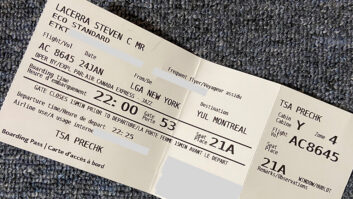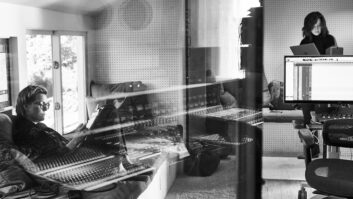Thirty years ago, jingle singer/voice-over artist Penny Riker and musician/engineer David Schwartz saw a burgeoning industry of pro 16/24-track and garage 4/8-track studios in the San Francisco Bay Area — however, detailed data about recording facilities was nonexistent. They dreamed up the idea of a local recording studio directory, and with some help from music magazine BAM, Mix magazine (originally called The Mix) was born in 1977.
The first issue of The Mix had profiles on 112 Northern California studios and some articles on recording techniques. The concept caught on. The second issue presented Southern California facilities, followed by a “New Products Directory” for the 1978 New York AES, featuring hot releases such as the Ursa Major Space Station and Stephen St.Croix’s Marshall Time Modulator. The Mix grew, expanding to include studios across the U.S. and listings of other essential audio services. By 1980, The Mix evolved from a large newsprint directory to standard magazine size, and the name was changed simply to Mix, increasing its role as the trade magazine serving audio pros everywhere.
The audio industry has changed greatly since 1977. These days, it’s hard to even imagine a world without cell phones, the Internet, computers, e-mail, MIDI, CDs, DVDs and DAWs. But in that era when Star Wars created a sensation, vinyl records were king and 8-tracks were the hot format, 1977 was a significant pro audio milestone, with the birth of Apple Computer, the Solid State Logic Console and Ed Long’s debut of the first Near Field™ monitor. Helping to fuel the coming of the project studio movement, Tascam followed its successful 80-8 ½-inch 8-track with the 90-16, the first 1-inch, 16-track recorder. The year also saw the release of the first commercial digital recordings made on Tom Stockham’s Soundstream Digital system. Digital production was in its infancy and pro audio was in for a wild ride that still continues.
As someone who was there to witness the revolution (many readers — and Mix staffers — weren’t even born in 1977!), it would be easy to launch into a tirade about those tough days when we walked five miles to school in the snow [Uphill both ways, George? — Eds.]. Today, when affordable digital production tools are plentiful, some things are easier, but creating product you can get paid for (and collecting) is no easy task these days. And while cell phones, text-messaging and e-mail simplify some tasks, they also create an atmosphere where escape from the pressure of everyday life is difficult. These days, being a manufacturer, engineer, studio owner, artist, retailer or record label is no picnic. The pace can be relentless, and everybody’s multitasking, whether you’re a front-of-house mixer/tour manager or studio manager/tech/bookeeper/janitor. It’s the same around here: We once just put out a magazine; now we’re doing Websites, books, blogs, podcasts, vlogs, newsletters, online seminars and more.
But some things never change. We, like you the reader, have made audio our profession, our passion. We love what we do and are continually impressed by stories of survival, success and those who create excellence in today’s tough environment. You inspire us. And with that in mind, we thank you for your support and look forward to even better days ahead.







